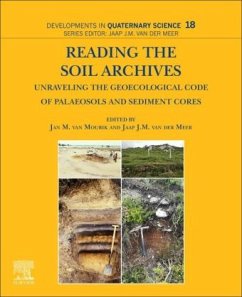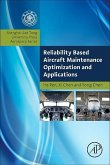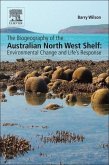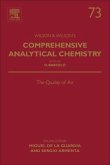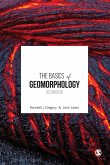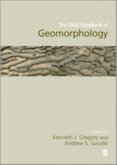Reading the Soil Archives: Unraveling the Geoecological Code of Palaeosols and Sediment Cores, Volume 19, provides details of new techniques for understanding geological history in the form of quantitative pollen analyses, soil micromorphology, OSL (Optically Stimulated Luminescence) dating, phytolith analysis and biomarker analysis. The book presents the genesis of a cultural landscape, based on multi-proxy analysis of paleosoils and integration of geomorphological, pedological and archaeological research results, which can be a model for geoecological landscape studies. Beginning with analytical methods for interpreting soil archives, the book examines methods for reconstructing the landscape genesis.
The book presents strengths and weaknesses of applications, especially in relation to the data from case studies in the Netherlands. The final chapter of the book addresses landscape evolution in different cultural periods. This book offers an integrated approach to geoecological knowledge that is valuable to students and professionals in quaternary science, physical geography, soil science, archaeology, historical geography, and land planning and restructuring.
The book presents strengths and weaknesses of applications, especially in relation to the data from case studies in the Netherlands. The final chapter of the book addresses landscape evolution in different cultural periods. This book offers an integrated approach to geoecological knowledge that is valuable to students and professionals in quaternary science, physical geography, soil science, archaeology, historical geography, and land planning and restructuring.
"Reading the Soil Archives has been an illuminating experience; it is a valuable addition to the literature in the area of Earth Surface Processes, and is of particular relevance for those interested in using the soil archive to unravel the geoecological code of palaeosols and se-diment cores." --Current Science

